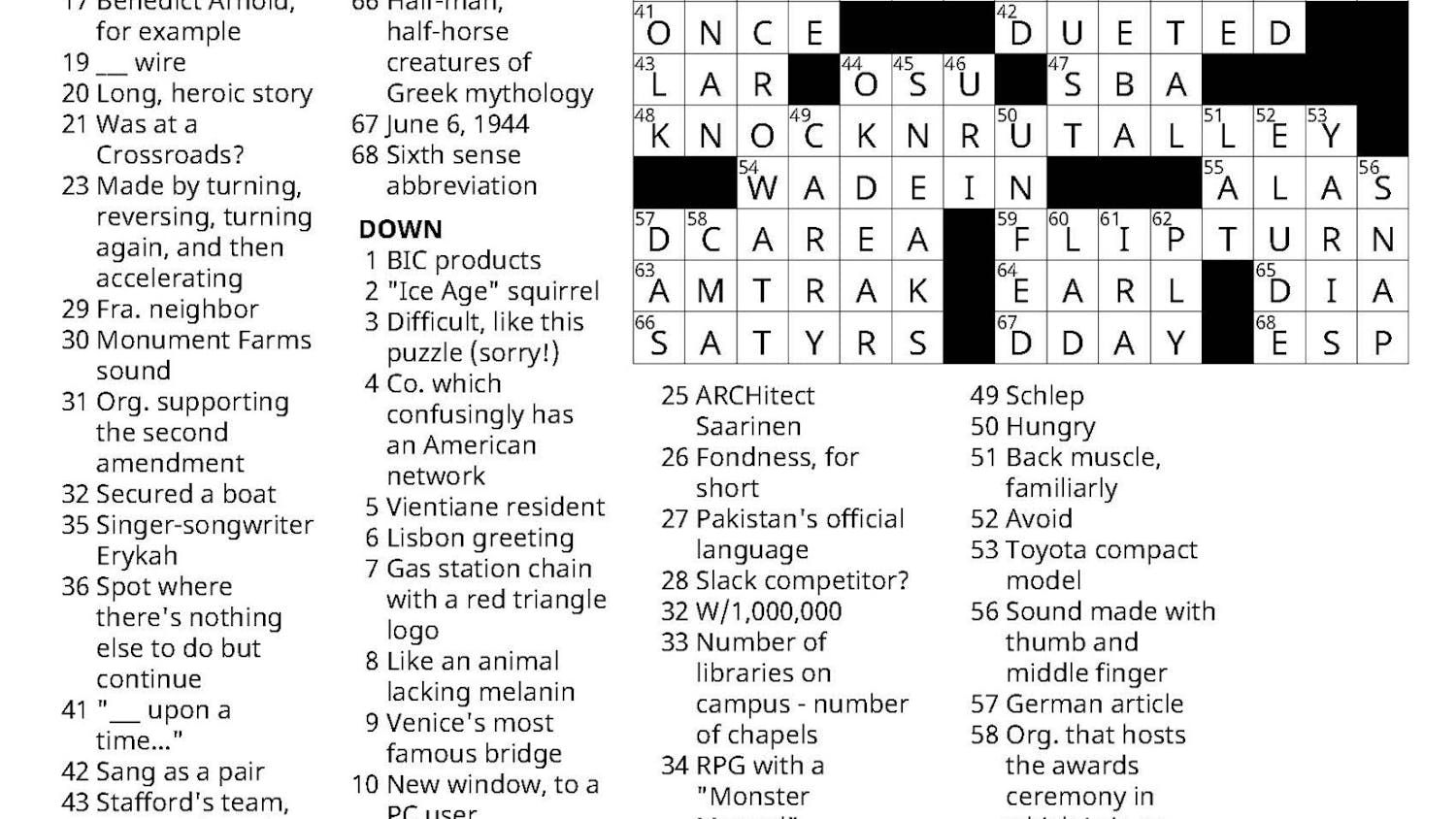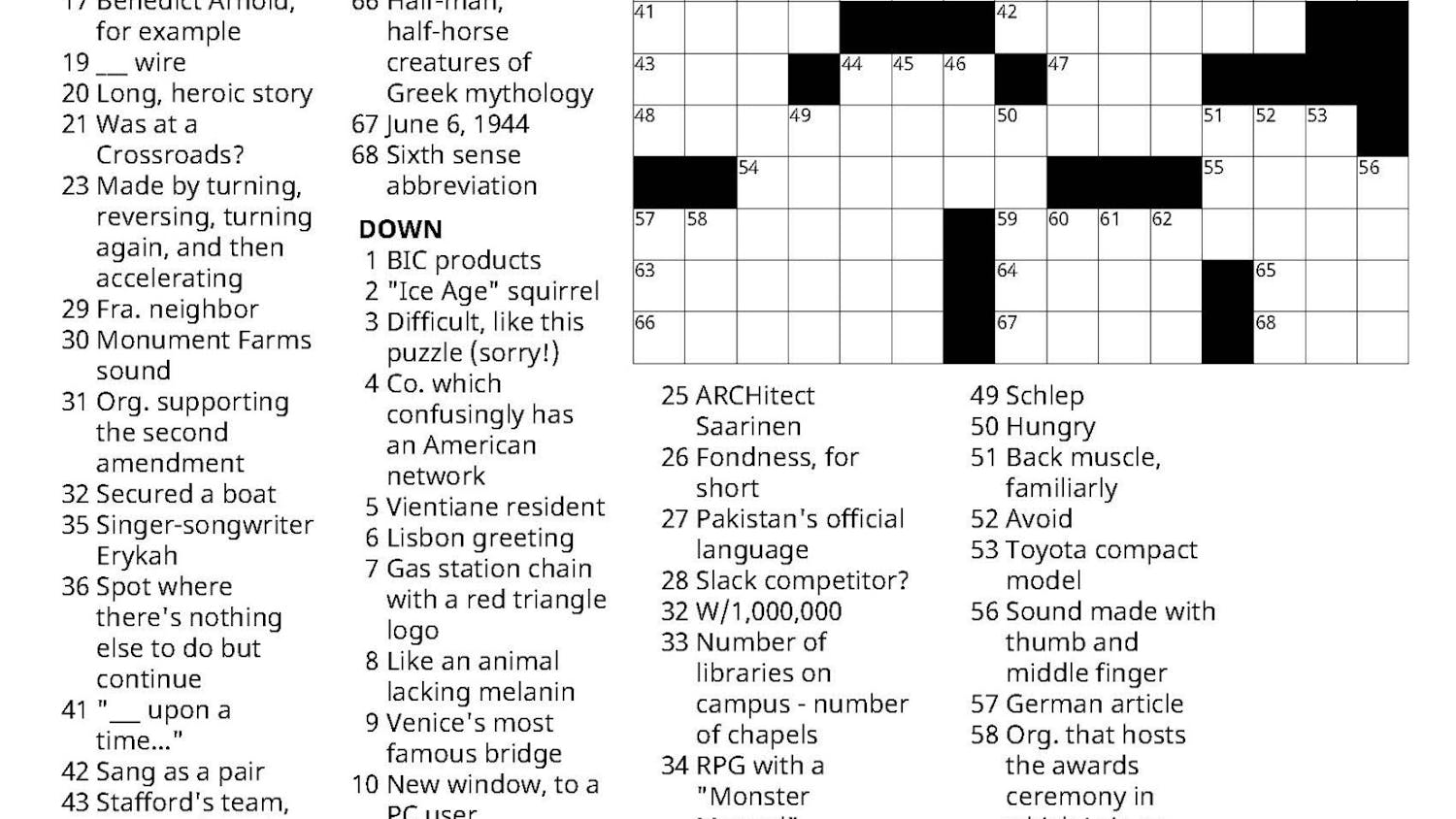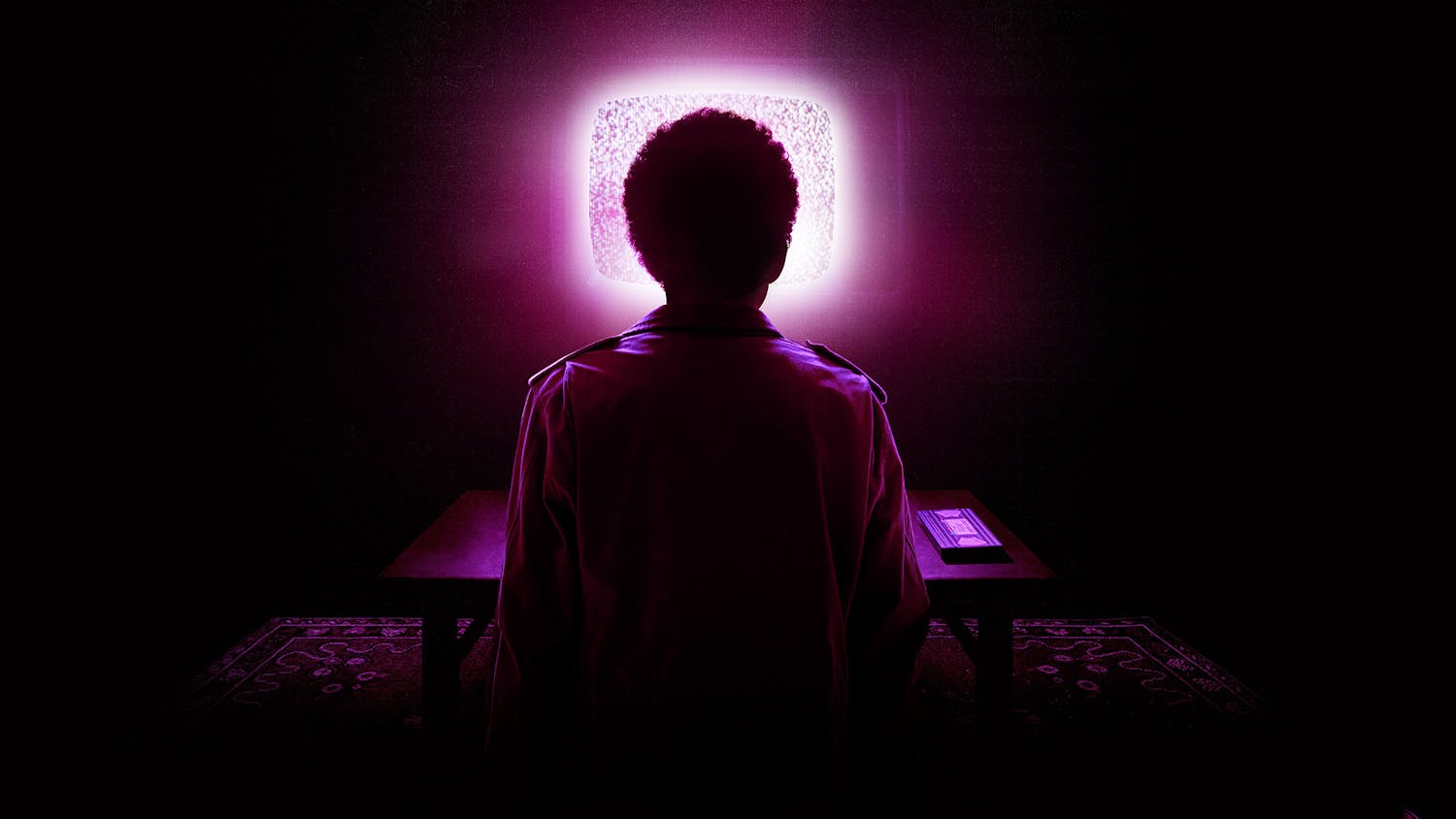It is a story we are all familiar with. The plot is fairly simple – three men, one moon and a comical number of American flags. In fact, it is a story we are so familiar with that we often forget the undeniable magic it holds – the type of magic that deserves to be acknowledged, told and retold.
Todd Douglas Miller’s documentary “Apollo 11” does just this. Through a gripping collage of authentic footage and animated diagrams, Miller plunges you into the out-of-this-world summer of 1969.
The documentary is unusual and exciting. There is no acting, no commentary – it allows you to feel the journey for yourself through a cleverly assembled collection of video clips and voice recordings taken during the mission. The stars of the film, Neil Armstrong, Buzz Aldrin and Michael Collins, appear as themselves, adding to the truly genuine emotion of the film and deepening the audience’s appreciation. We feel their excitement, their stress and their accomplishment. It gives the film its weight, its soul. In truth, “Apollo 11” embodies a living, breathing history textbook.
Along with its authenticity, “Apollo 11” is deeply aesthetic. As the film careens through the crowd of onlookers, zooming in on gaudy flower caps and tailgates spread out across Florida’s glistening beaches, it is hard not to feel nostalgic. When the illustrious Saturn V is rolled onto the launch pad, you see the beauty behind the grueling mechanics of the launch. The same red painted on the sides of the rocket is later seen in the stripes of the American flag as it stands on the moon.
Even more impressive is the quality of the footage taken half a century ago. The colors are surprisingly fresh and the atmosphere they create is undoubtedly mesmerizing.
What’s more critical yet is the documentary’s ability to bring the astounding feat back down to earth. It focuses profoundly on the human aspect of the event rather than the scientific or political, even with Nixon’s address to the crew. It does not cast the astronauts, scientists or technicians as anything more than they are. They were real people who did a genuinely unreal thing.
We see Armstrong, Collins and Aldrin as they are transported to the launch pad. We hear their heart rates at the start of the mission and as they land on the moon, and our hearts are pounding for them. We hold our breath as Armstrong steps off the lunar module and says those twelve words ingrained in our memories since we were children: “That’s one small step for [a] man, one giant leap for mankind.” But this time they sound different, they’re no longer a cheesy cliché — we can feel them in our bones.
Suddenly the story we thought we knew so well is washed in an entirely new light. You feel as if you yourself have been part of the mission control, the astronauts and the technicians who created history in a matter of eight days. Towards the end of the film as our heroes are flying back home, the camera zooms past a sea of white coated scientists, technicians and mechanics. It is a moment of pride, not just for the nation which put the first man on earth, but for the entire human race. We did that. We are capable of exploring a world beyond our own, and in a time when we are questioning the capacity of human unity and achievement, this movie comes as breath of fresh air.
Whether it is the long-lost footage finally resurfaced, the thrilling symphonic soundtrack or simply the story itself, “Apollo 11” restores a sense of wonder to a somewhat outdated topic. If you have seen “First Man” or any other interpretation of the mission, this film is sure to eclipse the rest. In the words of Marvin Gaye — ain’t nothing like the real thing.
Reel Critic: ‘Apollo 11’
Comments



